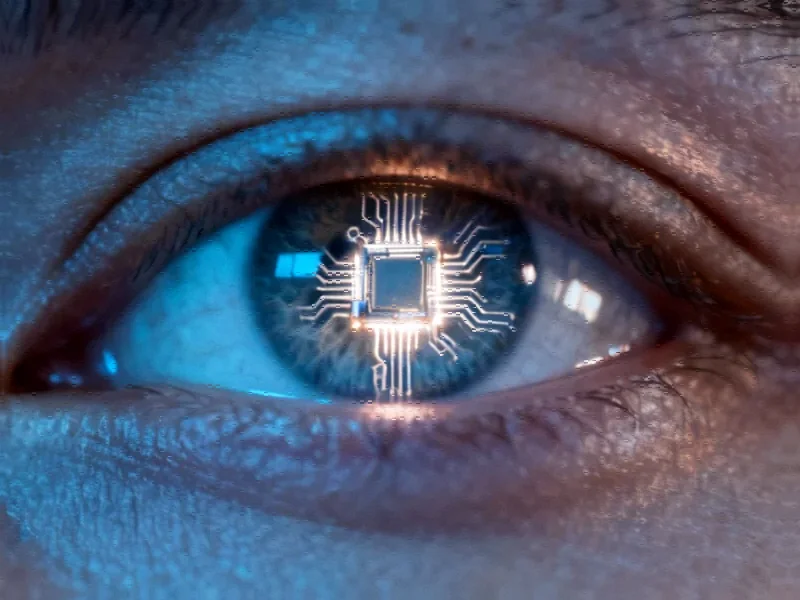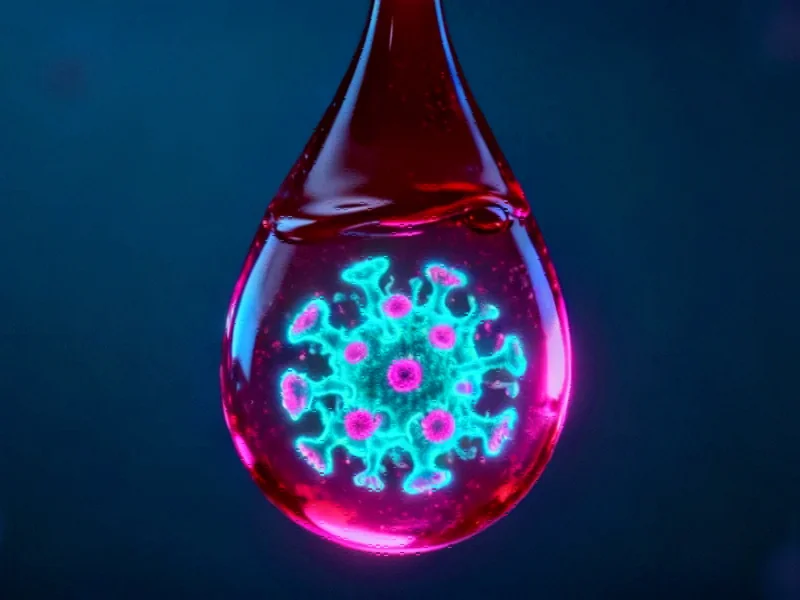Breakthrough in Vision Restoration
In a landmark development for ophthalmology, scientists have successfully created an eye implant that partially restores central vision in blind patients. The groundbreaking technology specifically targets geographic atrophy, an advanced form of age-related macular degeneration (AMD) that affects millions worldwide and represents the leading cause of irreversible blindness in older populations. This achievement marks a significant milestone in prosthetic vision restoration and opens new possibilities for treating previously untreatable eye conditions.
Clinical Trial Results Demonstrate Effectiveness
According to research published in the New England Journal of Medicine, the innovative implant helped 81% of trial participants achieve clinically meaningful improvements in vision. The study involved 32 AMD sufferers, with 84% reporting successful use of prosthetic vision at home for reading numbers or words. Participants showed remarkable progress, improving by an average of 25 letters—approximately five lines—on standard eye charts. One exceptional case demonstrated the ability to read 59 additional letters, nearly 12 lines deeper than before implantation.
Professor Frank Holz, the study’s lead author and chair of ophthalmology at University Hospital Bonn, emphasized the significance: “This study confirms that, for the first time, we can restore functional central vision in patients blinded by geographic atrophy. The implant represents a paradigm shift in treating late-stage age-related macular degeneration.”
How the Vision Restoration System Works
The technology comprises a sophisticated system where a camera mounted on specialized glasses captures images and projects them onto a tiny 2mm by 2mm wireless retinal implant. This implant then converts light into electrical pulses that transmit to the brain, effectively bypassing damaged retinal cells. This approach represents one of many exciting related innovations in medical technology that are transforming patient care.
Dr. José-Alain Sahel, senior author of the study and chair of ophthalmology at the University of Pittsburgh School of Medicine, noted the unprecedented success: “It’s the first time that any attempt at vision restoration has achieved such results in a large number of patients. More than 80% of the patients were able to read letters and words, and some of them are reading pages in a book.”
Broader Implications for Medical Technology
This retinal implant technology is part of a growing trend in developing prosthetic implants for various organs, including the brain, to restore lost physical abilities. The success of this approach aligns with broader market trends in medical technology that emphasize restoring function rather than simply managing symptoms.
The research was financed by Science Corporation, which manufactures the device based on designs by Stanford University ophthalmology professor Daniel Palanker. The company has applied for clinical use authorization in both the United States and Europe, positioning this technology to potentially benefit millions of patients suffering from advanced AMD.
Integration with Broader Technological Advancements
The development of this retinal implant technology coincides with significant progress in multiple technology sectors. Recent industry developments in artificial intelligence and computing power could potentially enhance future iterations of vision restoration systems. Similarly, advancements in recent technology for system connectivity may improve how these implants interface with external devices and processing systems.
As medical technology continues to evolve, we’re seeing parallel advancements in other sectors, including market trends in consumer technology and industry developments in hardware manufacturing that could influence future medical device design and production.
Accessibility and Future Development
While specific pricing for the device and implantation procedure remains undetermined, Science Corporation has committed to establishing a “reasonable and fair price that makes it available to the broadest number of possible beneficiaries.” The company is currently negotiating with government agencies and other potential users to determine appropriate pricing structures.
This breakthrough represents a significant step forward in treating vision loss and aligns with other recent technology advancements in medical prosthetics. As research continues and the technology becomes more refined, patients suffering from various forms of blindness may soon have access to effective treatments that were previously unimaginable.
The successful development and testing of this retinal implant technology marks a new era in treating vision impairment, offering hope to millions worldwide who suffer from degenerative eye conditions.
This article aggregates information from publicly available sources. All trademarks and copyrights belong to their respective owners.
Note: Featured image is for illustrative purposes only and does not represent any specific product, service, or entity mentioned in this article.



